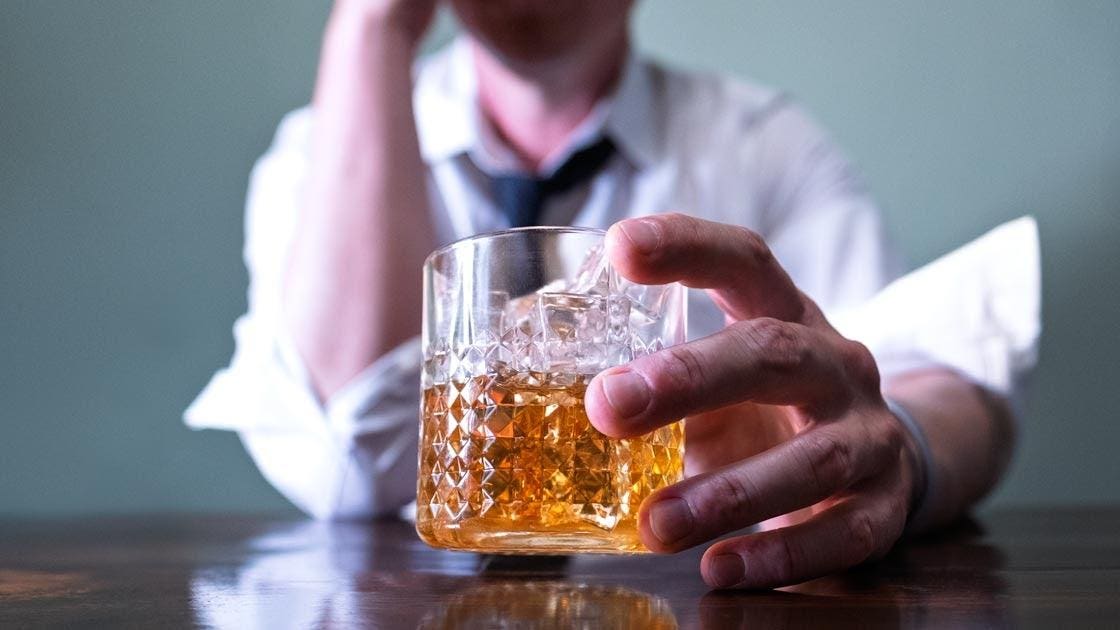A new study analyzed fatal drunk-driving crashes that occurred from 2018 – 2022 and the factors that … More
A national mental health crisis that resulted in more alcohol use and reductions in policing may have fueled a rise in impaired driving deaths during the COVID-19 pandemic. In addition, policies allowing delivery of alcohol were linked with more deaths, but allowing to-go drinks from bars and restaurants was associated with fewer deaths.
Those are the highlights of new research on the pandemic impaired driving death spike released earlier this month by the Insurance Institute for Highway Safety, a nonprofit financed by the insurance industry. The study was based on an analysis of fatal drunk driving crashes that occurred from 2018 – 2022 and the factors that may have contributed to them.
“These results reinforce the need for a Safe System approach that incorporates multiple measures to combat impaired driving,” David Harkey, the Insurance Institute’s president, said in a statement.
The Safe System or Vision Zero approach to road safety and design takes human error into account. It was first put into effect in Sweden in the 1990s. The goal is to eliminate all road deaths and serious injuries by creating multiple layers of protection, so if one fails, the others will provide a safety net to lessen the impact of a crash. Improvements are designed to result in: safer people, safer roads, safer vehicles, safer speeds and better post-crash care.
“Sobriety checks and other visible policing efforts can only happen if we have enough officers,” Harkey added. “We should also boost programs that include treatment for substance abuse and mental health disorders.”
The research paper, “Factors associated with alcohol-impaired driver crash deaths in the United States, 2018-2022,” analyzed alcohol policies, mental health factors, and law enforcement employment reductions as potential explanations for the increase in alcohol-related deaths. In this country, the proportion of passenger vehicle drivers killed in crashes with blood alcohol concentrations (BACs) at or above 0.08% – the legal limit in most states – increased from 28% in 2019 (before the pandemic began) to 30% in 2020 and remained elevated at 31% in 2022.
Poor mental health
Self-reported depressive episodes and suicide plans were associated with an increase in impaired driver deaths during the period of examination. In surveys conducted in May 2020, 60% of U.S. adults reported they had been drinking more with the onset of the pandemic, and sales figures for alcohol also showed a higher volume sold from March 2020 to August 2021 than in the same months in 2017-19, according to the study.
Mental health issues likely contributed to increased consumption during the pandemic, researchers said, as many Americans struggled with issues like isolation, stress related to the lack of child care and lost income, and worry about health risks.
Cuts to police rosters
Reductions in full-time law enforcement personnel was also associated with an increase in impaired-driver deaths, which may have reduced hesitation that drinkers had about getting behind the wheel. There was an average loss of five full-time law enforcement officers per 100,000 residents nationwide during the report’s study period from 2018 to 2022.
Concerns about contracting COVID prompted some departments to scale back on traffic stops and other routine work, according to the study, and some municipalities reduced police funding after the killing of George Floyd in May 2020.
Mixed impact of alcohol sales policy changes
The number of states that allowed bars and restaurants to make home deliveries of alcohol rose from 21 to 37 between January and December of 2020, and the number of those businesses permitted to sell alcoholic drinks to go increased from 21 states to 45. Home-delivery policies were associated with slightly more than 300 additional impaired driver deaths per year in the states that adopted them, but to-go policies were associated with some 450 fewer deaths per year in states with those rules in place, though the reasons are unknown.
“It’s notable that the effect of the mental health crisis was more pronounced than the reduction in policing, as the mental health dimension of the impaired-driving problem receives comparatively little attention,” Angela Eichelberger, a senior research scientist at the Insurance Institute and the study’s author, said in a statement.
For more information and to read the full report, click here and here.









